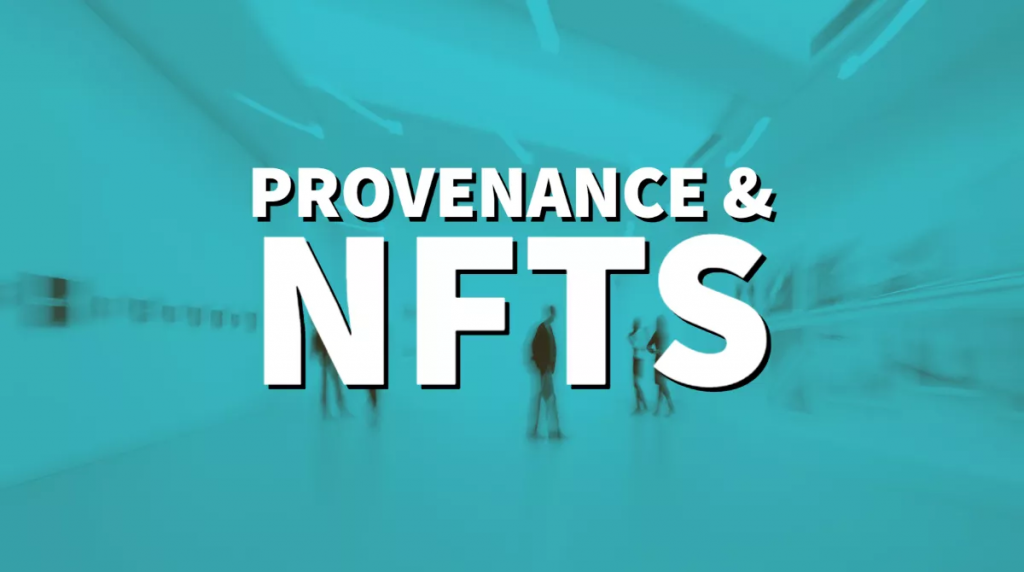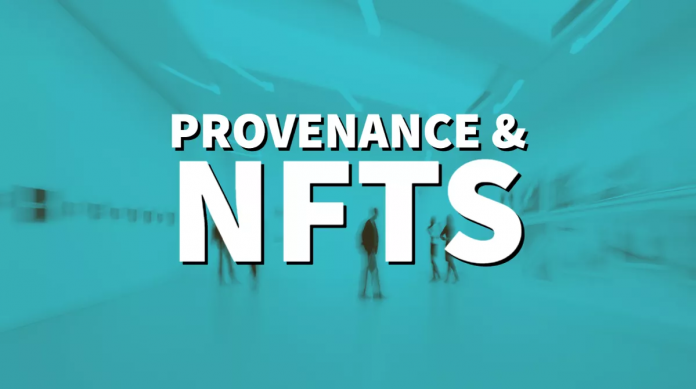
While NFTs are still very much in their early stages, their impact on art and artists is already permanent. We like to say that we’ve let Pandora out of the box. Artists aren’t going to go back to the way they worked and shared their art before blockchain technology changed everything. That being said, NFTs are visceral and the canvas presented by this new medium can be used in many unique and different ways, making them hard to define and often misunderstood. But NFTs do offer an interesting new perspective on how people interact with each other online.
If NFTs are to go mainstream, a new paradigm has to be created that blends the old with the new and do so with particular reference to an important concept in the arts: provenance.
Art and forgery
The history of art forgery is a long and complicated one. It dates back to the ancient world and spans over many centuries. Art forgers have always been a part of society, but it is only recently that they have come into the spotlight.
The first known case of art fraud happened in the year 350 BC when Aristides the Elder forged a statue of Hercules. He was caught when he tried to sell it as an original work by Lysippus.
In the 20th century, Pablo Picasso’s “La Coiffeuse” was thought to be a fake because it looked too perfect and detailed. The painting was actually created by an unknown artist in France during World War II, but Picasso bought it from him and passed it off as his own work in order to avoid issues with Nazi Germany.
What are the Greatest Forgeries in History?
Forgeries are a part of the art world that is not usually talked about. They are often done by people who have a lot of skill and knowledge in the art world, but they also use their talent for monetary gain.
Another famous forgery is “The Vinland Map”. This map was created to show where Norse explorers landed centuries before Christopher Columbus made his voyage to America. The map was later found to be a fake and it’s believed that it was created in Italy during the 16th century.
What is provenance?
To put it simply, provenance is “a record of ownership of a work of art or an antique, used as a guide to authenticity or quality.”
Provenance refers to the origin of an object, which may be determined by tracing back through its production. More specifically, provenance refers to the history of ownership of an item.
Let’s look at one of the most famous artists of all time, Pablo Picasso.
Pablo Picasso was a Spanish painter and sculptor who is considered to be the most influential artist of the 20th century.
He was born in 1881 in Malaga, Andalusia, and died on April 8th, 1973 in Mougins, France. His mother was an art teacher and his father a painter. He had three siblings – two sisters and one brother.
Picasso’s father died when he was just 10 years old. His mother then moved her children to Barcelona so that they could study at a school of art there.
He started his career as a teenager by drawing cartoons for newspaper advertisements and making sketches for theater productions.
Before buying a piece of art, you should always look into its provenience (the history of ownership). To be sure that the picture you’re looking at is actually by Pablo Picasso, you need to know a few things.
If you’re going to create an asset tokenized using blockchain technology, you must provide a way for people to verify its authenticity. Here are some typical ways to accomplish this task:
- A picture of Picasso creating the art piece you’re interested in buying
- A certification from the man himself, stating that he painted the object.
- A general description of the artwork, including any statements made by a respected art critic or authority in the field of art.
- If it mentions the paintings, then it must match the timeline.
You might have noticed that most of these examples are quite speculative and can easily be forged. However, art history has been plagued for centuries with people forging everything from art to wine.
Artwork tokens enable artists and art lovers alike to be fully transparent throughout their entire supply chains — both digital and physical.
Creating this token will give you a permanent record of ownership for whatever good you choose to put inside of it. Keep in mind: an ERC721 token isn’t just some piece of artwork; it’s a digital certificate of ownership.
You can add even more details to images by tokenizing them on a blockchain. Once they’re added to the blockchain, no one can change their details.
Every time an NFT (nonfungible token) is bought or traded for another, the transaction is permanently recorded on the Ethereum network, along with its associated meta data and the details about the person who created it.
On top of that (and besides), knowing the provenance of an NFT is important for determining its value. If I knew that an NFT had been minted by Beeps, well, that would already change the value quite a lot.
The same thing applies to any kind of NFT creator, whether they’re musicians, artists, designers, or whatever else. It’s always good to know who created the item before buying it.
Popular Examples of NFT provenance include:
- A famous gallery like MOMA, or PACE holding an artists NFT in their wallet that is verified allowing the world to see the times and dates of ownership that would align to a gallery or viewing.
- The first tweet ever by Jack Dorsey that was minted on the blockchain.
- A collection of digital artworks made by a famous artist like Beeple or xcopy.
- A collectible token mintable by a celebrity or group with added utility. We see this frequently with Proof and artists like AOKI.
Some artists and creatives are working hard to bridge the digital and physical divide.
They could store their artworks on the blockchain, using a digital signature attached to each piece of art, which would contain important metadata about the artwork and its history.
The more artists will utilize the blockchain for storing data and info regarding their artwork and those who purchase it and sell it, then the more NFT provenience and proof of ownership will be a transparent resource for info about a specific artwork.
Source NFT CULTURE

